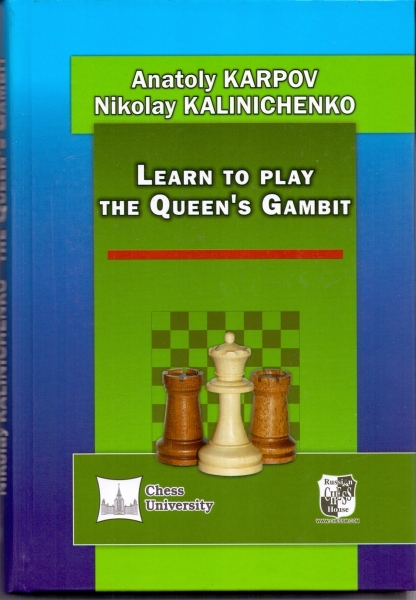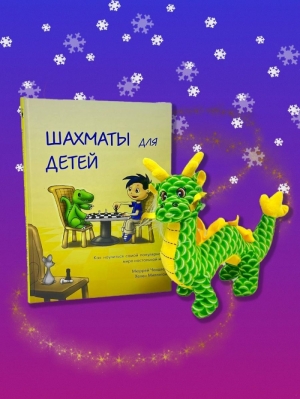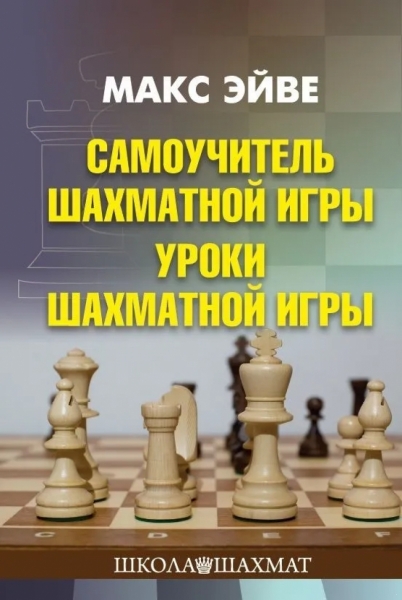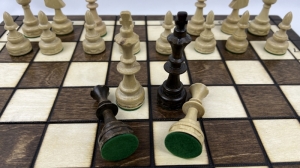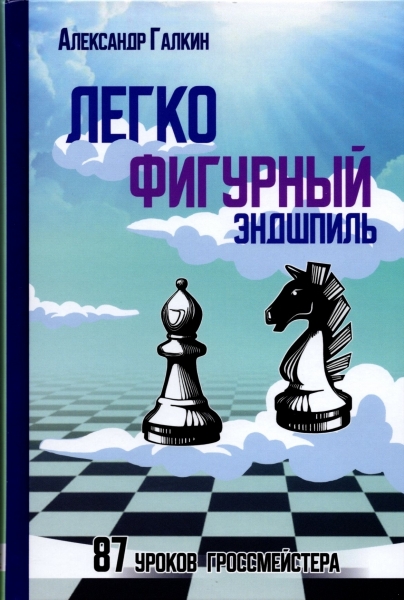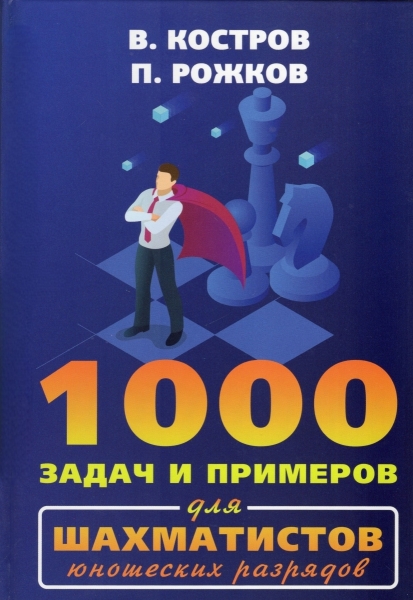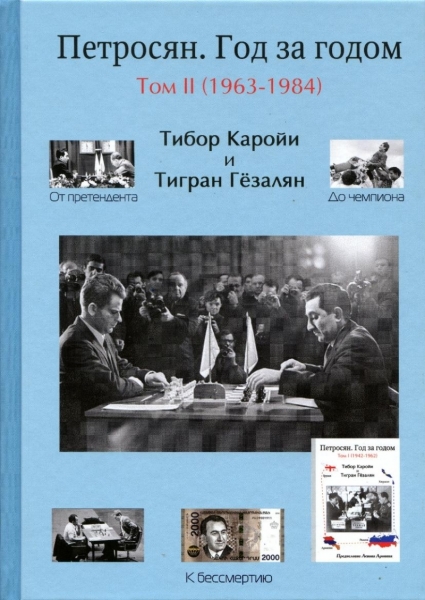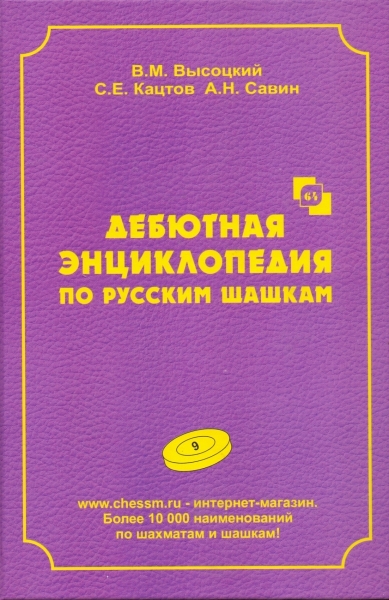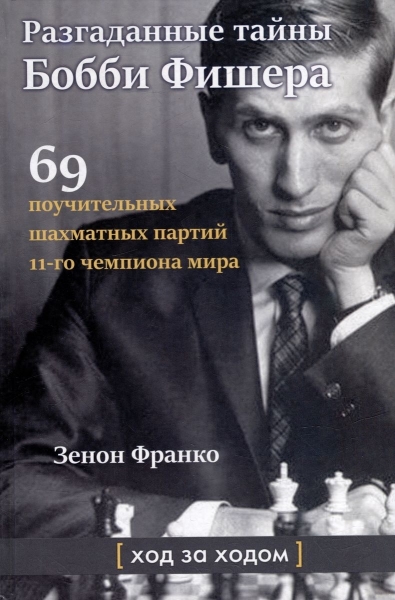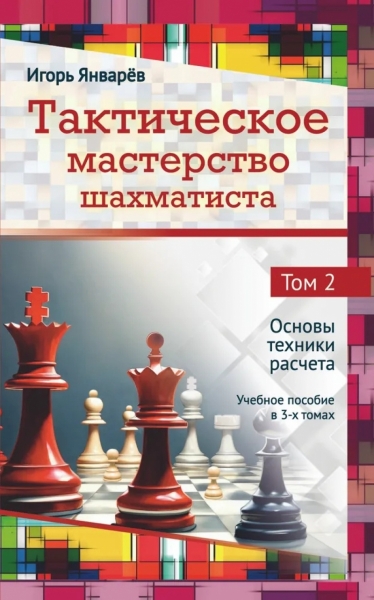Currency notes
-
"Шахматный" Нотгельд. Германия. 1920 г. Нотгельды – деньги, выпущенные в оборот различными, главным образом немецкими муниципалитетами, а также неправительственными организациями в период с 1914 по1924гг. Дословно с нем.яз. Notgeld — чрезвычайные, вынужденные деньги. Вследствие Первой мировой войны в стране возник дефицит банкнот, были смутные времена и каждый банк немецкой земли или города выпускал свои деньги краткосрочного применения. В некоторых городах, дабы показать свою индивидуальность стали изображать местные достопримечательности, местных героев, отображать на нотгельдах некие исторические события. Нотгельдов с изображением шахматной тематики было выпущено считанные единицы. Данный нотгельд представляет собой квартблок из 4 купюр, вместе образующих целостный шахматный рисунок. Нотгельды - не только исторический памятник. Они впитали в себя многие новейшие достижения силуэтной графики и представляют большой интерес для историков силуэтного искусства. Часто магистраты поручали проектирование и изготовление эрзац-денег опытным художникам и печатникам и требовали , чтобы банкноты характеризовались сочной и яркой цветовой гаммой.
-
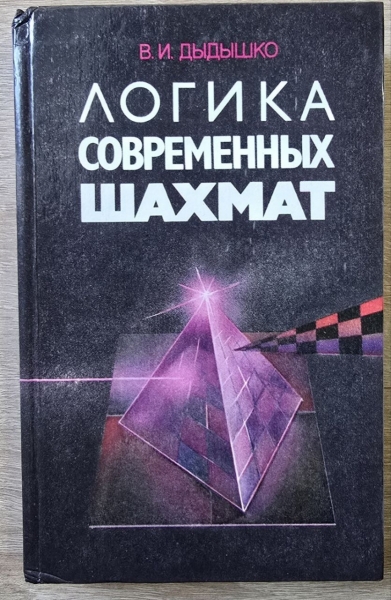 The logic of modern chess
Author:
The logic of modern chess
Author:
Dydyshko 72.50 $ -
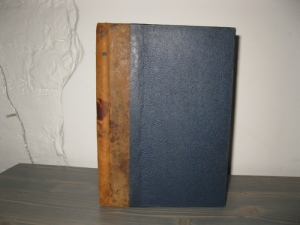 Siegbert Tarrasch. The Queen
Author:
Siegbert Tarrasch. The Queen
Author:
Tarrash 72.50 $ -
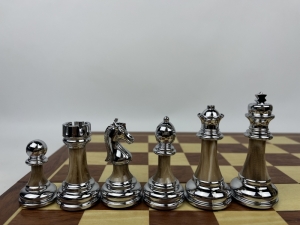 High quality acrylic metal heavy chess pieces with wooden board
202.50 $
High quality acrylic metal heavy chess pieces with wooden board
202.50 $
-
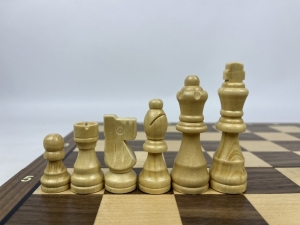 Wooden magnetic Staunton chess with a lock (silver)
56.25 $
Wooden magnetic Staunton chess with a lock (silver)
56.25 $
-
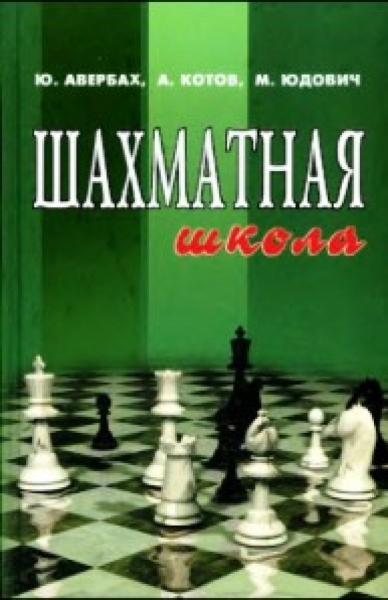 Chess school
Author:
Chess school
Author:
Averbah 15.00 $ -
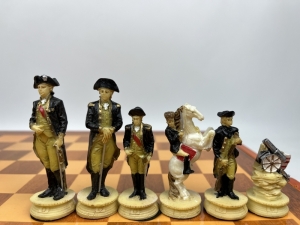 The chess set of The Chessmen. US war - Great Britain
325.00 $
The chess set of The Chessmen. US war - Great Britain
325.00 $
-
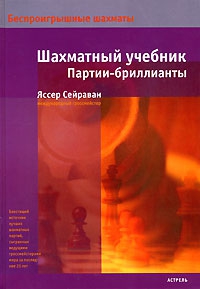 Chess textbook. Party diamonds
Author:
Chess textbook. Party diamonds
Author:
Seiravan 62.50 $ -
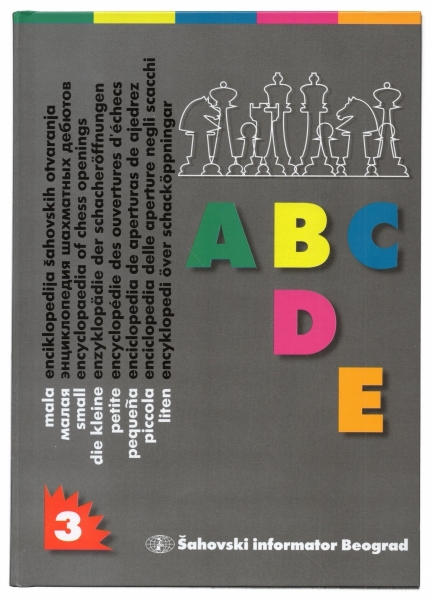 The Small Encyclopedia of Chess Openings. ABCDE (3rd Edition)
175.00 $
The Small Encyclopedia of Chess Openings. ABCDE (3rd Edition)
175.00 $
-
 Anthology of Chess Problems - 2345
Author:
Anthology of Chess Problems - 2345
Author:
Kovacevic 100.00 $ -
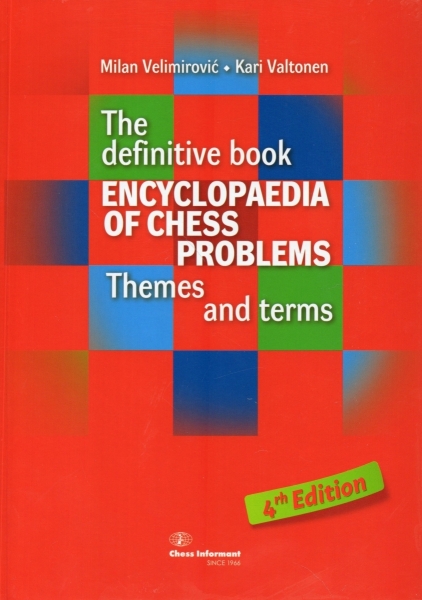 Encyclopedia of Chess Problems - Topics and Terms. 3rd edition.
Author:
Encyclopedia of Chess Problems - Topics and Terms. 3rd edition.
Author:
Velimirovic 125.00 $
 Русский
Русский  Английский
Английский 